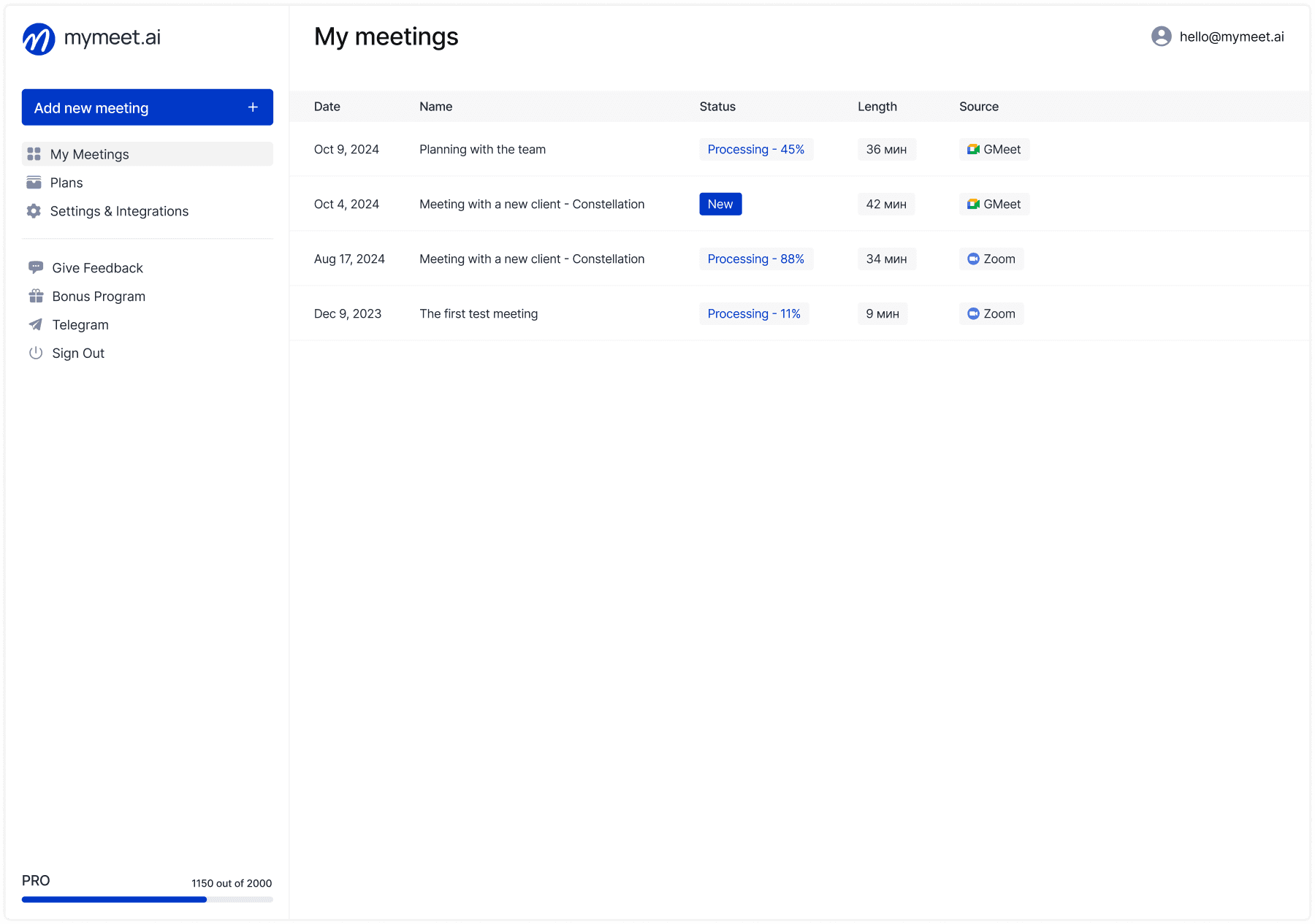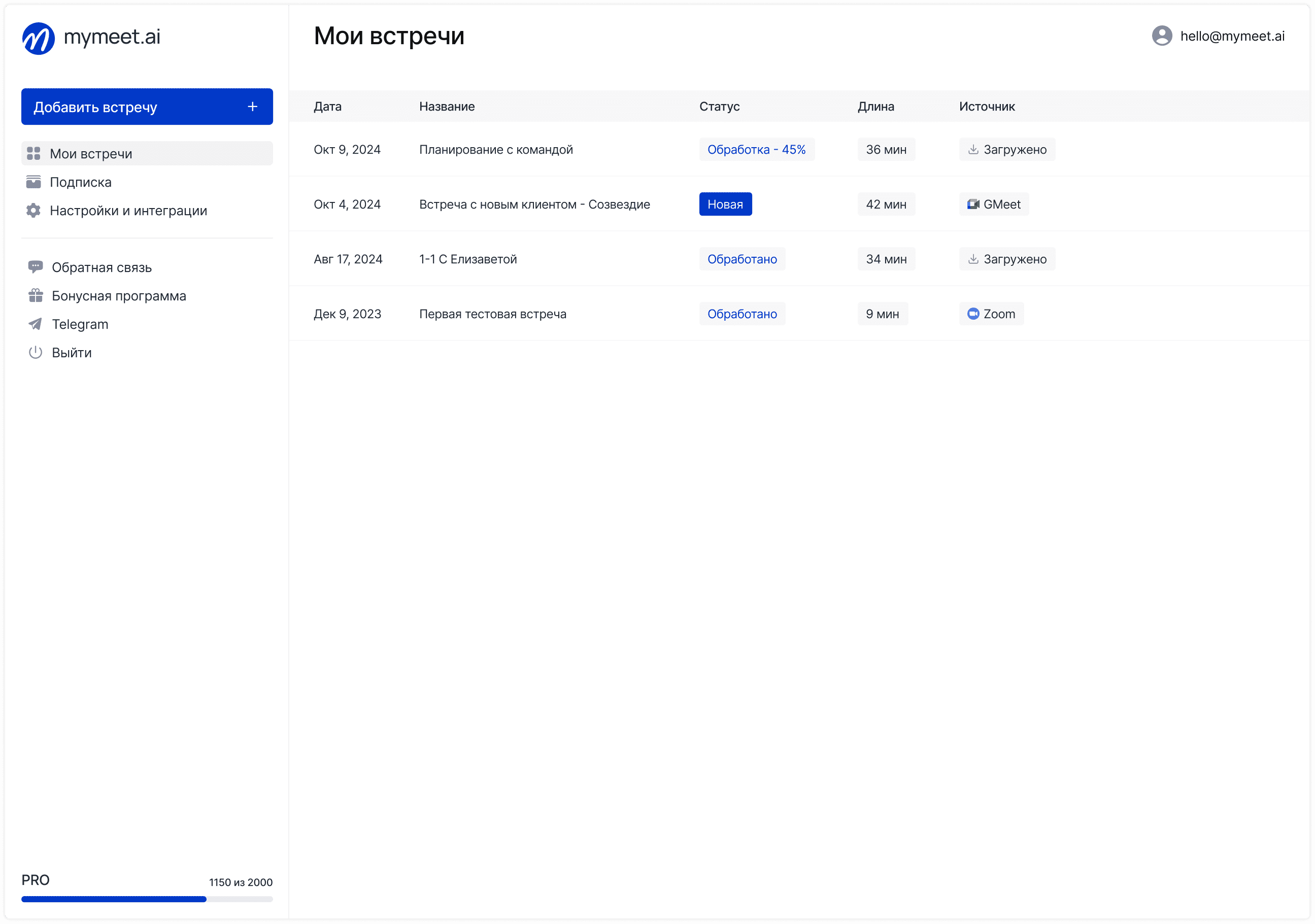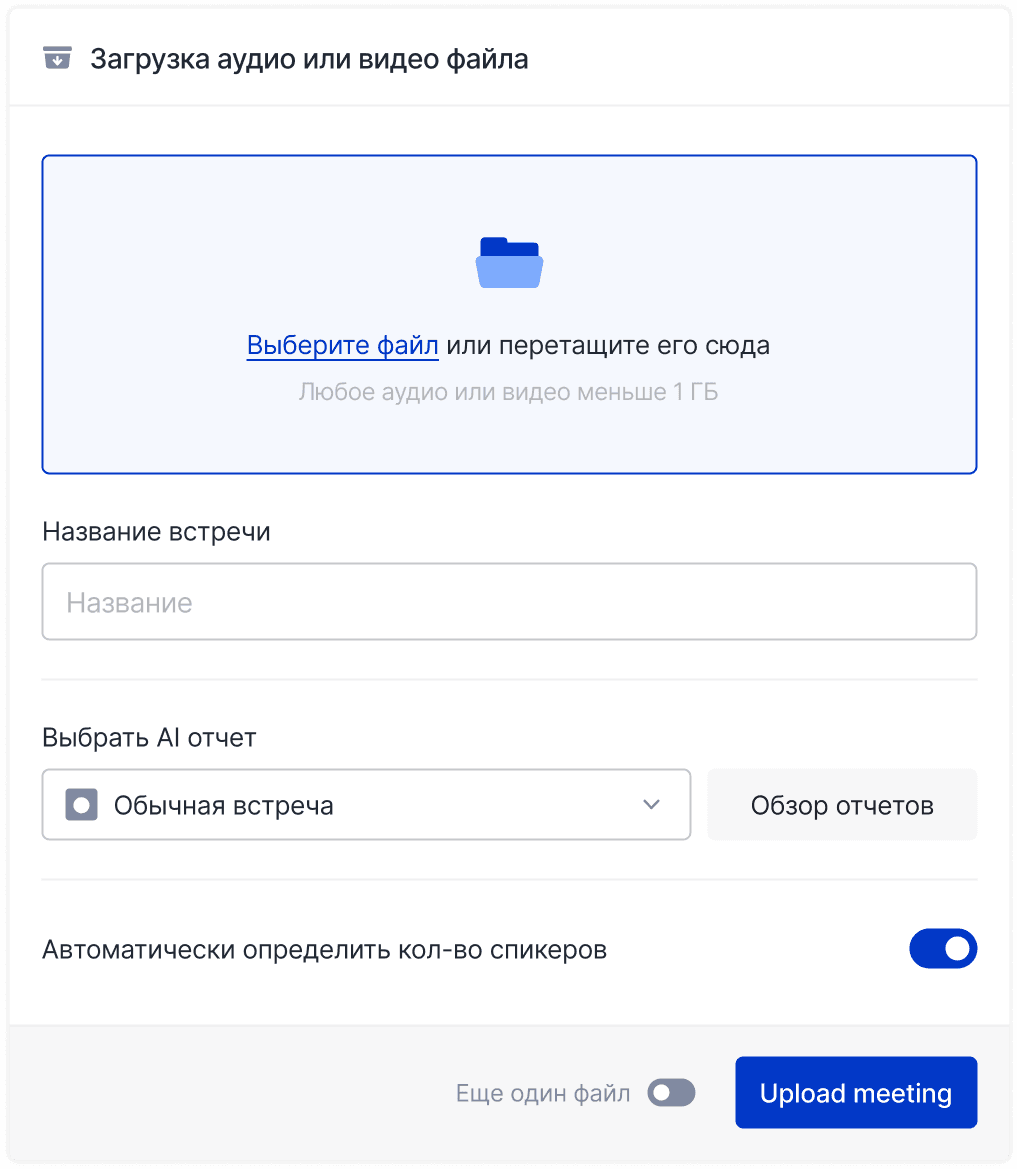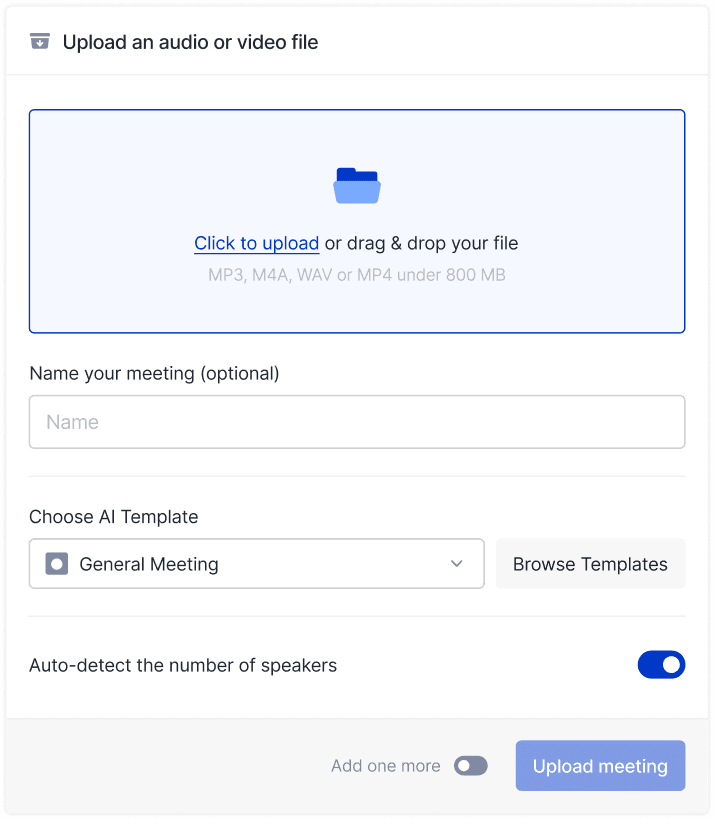Sales Mastery

Radzivon Alkhovik
Jul 14, 2025
A leading SaaS company faced a critical challenge: every fourth customer wasn't renewing their subscription after the first year. The sales department was working at full capacity, attracting new customers, but the company was growing at a snail's pace due to high churn. Management decided to radically change their approach and implement Customer Success methodology. The results exceeded expectations: customer churn dropped significantly, average deal size grew substantially, and customers began renewing contracts for longer terms.
The concept of Customer Success management is transforming the approach to client relationships in modern business. Companies are abandoning reactive problem-solving models in favor of proactively ensuring each customer's success. This methodology is particularly relevant for subscription-based business models, where long-term relationships matter more than one-time sales.
What is Customer Success in Business
Customer Success represents a business methodology focused on ensuring clients achieve their goals through using a company's product or service. The philosophy of Customer Success management is built on understanding that client success directly impacts the supplier's success.
Definition and Principles of Customer Success
Customer Success is a proactive approach to managing client relationships, where the company takes responsibility for helping customers achieve their desired outcomes. The methodology focuses on creating long-term value for the client, rather than just solving arising problems.
Core principles of Customer Success management include deep understanding of each client's business goals, regular monitoring of their progress, and proactive assistance in achieving results. Companies invest in understanding what success means for a specific client and build processes to ensure it.
Differences from Customer Service and Support
Traditional technical support works reactively: a customer reports a problem, and a specialist solves it. Customer Success management works proactively, preventing problems and helping clients use the product most effectively to achieve business goals.
Customer service focuses on resolving specific incidents, while Customer Success specialists handle strategic relationship development. CS specialists act as consultants who help clients get maximum return on their product investment.
The Role of Customer Success in Modern Business
In the era of subscription models and growing competition, Customer Success management becomes a critically important competitive advantage. Acquiring a new customer costs several times more than retaining an existing one, making investments in Customer Success economically justified.
Customer Success programs impact key business metrics: reducing customer churn, increasing deal sizes through upselling and cross-selling, growing loyalty and positive recommendations. Satisfied customers become brand ambassadors and attract new buyers through word-of-mouth marketing.
Customer Success Strategy for Client Retention
An effective Customer Success management strategy requires fundamental changes in the approach to working with clients. Companies transition from transactional relationships to partnerships, where client success becomes a shared goal.
Metric | Traditional Support | Customer Success Management | Business Impact |
Response Time | Average response: 24 hours | Proactive contacts: weekly | Prevents 60% of issues |
Churn Rate | 15-25% annually | 5-12% annually | 2-3x LTV growth |
Deal Expansion | 5-10% of clients | 25-40% of clients | 30% revenue increase |
NPS Score | 20-40 (neutral) | 50-70 (promoters) | 15% organic growth |
Proactive Approach to Client Work

Proactivity in Customer Success management means anticipating client needs and preventing problems before they arise. Customer Success teams use user behavior data to identify risks and growth opportunities.
Regular account health checks help identify clients who are underutilizing the product or facing difficulties. Timely intervention allows course correction and ensures the client achieves their set goals.
Customer Journey and Touchpoints

Understanding the customer's path from first product introduction to achieving success allows building an effective interaction system. The customer journey includes onboarding, implementation, active usage, and scaling stages.
Key touchpoints are defined at each stage where the specialist team can provide maximum assistance. A personalized approach considers the client's business specifics, industry, and unique challenges.
Client Segmentation by Value

Effective segmentation allows optimal distribution of CS team resources. Clients are segmented by contract size, growth potential, implementation complexity, and strategic importance to the business.
Large enterprise clients receive personal Customer Success managers, the mid-market segment is served through group programs, and small clients through automated processes and self-service resources.
Customer Success Management Processes
Structured Customer Success processes ensure consistent experience for all clients and allow team scaling without losing service quality.
New Client Onboarding
Quality onboarding lays the foundation for long-term client success. The process begins with deep understanding of client goals and expectations, defining success criteria, and creating a results achievement plan.
Effective onboarding includes technical product setup, training key users, and establishing regular progress checkpoints. Time-to-value — the time from purchase to receiving first value — becomes a key onboarding success metric.
Client Base Health Monitoring
The client health monitoring system uses user behavior data, activity levels, and key milestone achievements to assess risks and opportunities. Health Score combines multiple factors into a single indicator.
Automatic alerts warn the CS team about declining client activity, implementation problems, or other risk indicators. Early problem identification allows timely action to address them.
Managing Renewals and Upselling
Customer Success management plays a key role in ensuring contract renewals and identifying expansion opportunities. CS specialists work closely with the sales department to maximize revenue from existing clients.
Successful clients who have achieved their goals naturally consider expanding product usage. The CS team identifies such opportunities and passes them to sales for developing commercial proposals.
Customer Success Metrics and KPIs
Measuring Customer Success program effectiveness requires focus on long-term metrics that reflect customer base health and relationship quality.
Key Customer Success management metrics:
Churn Rate — percentage of clients who stopped cooperation during a specific period
Net Revenue Retention — growth indicator of revenue from existing clients
Customer Lifetime Value — total client value throughout the cooperation period
Time to Value — time from purchase to receiving first value
Product Adoption Rate — level of key product feature usage
Health Score — comprehensive account health indicator
Churn Rate and Customer Lifetime Value
Churn Rate is the primary Customer Success metric, showing the percentage of clients who stopped using the product. Reducing churn directly impacts business growth and company profitability.
Customer Lifetime Value (CLV) helps understand long-term client value and justify investments in Customer Success programs. Increasing CLV through improved retention and expanded cooperation becomes a key growth driver.
Net Promoter Score and Customer Satisfaction
Net Promoter Score (NPS) measures clients' willingness to recommend the product to other companies. High NPS correlates with low churn and organic growth through recommendations.
Customer Satisfaction Score (CSAT) reflects client satisfaction with specific interactions or product aspects. Regular CSAT measurement helps identify problem areas and improve customer experience.
Product Adoption and Usage Metrics
Product usage depth directly correlates with contract renewal probability and client satisfaction. Specialist teams track adoption of key functions and help clients maximize product capabilities.
Usage Metrics include login frequency, number of active users, advanced features and integration usage. This data helps identify engaged and at-risk clients.
Building a Customer Success Department
Creating an effective Customer Success team requires clear understanding of roles, processes, and tools necessary for successful client work.
Roles and Competencies of Customer Success Specialists
Customer Success Manager (CSM) serves as the main contact point for clients, responsible for their strategic success. CSMs must combine consulting skills, data analysis, and project management.
Technical Customer Success Specialist specializes in technical aspects of implementation and product usage. This role is especially important for complex B2B solutions requiring deep technical expertise.
Customer Success Analyst handles processes, analytics, and tools ensuring effective team operation. The specialist analyzes data, optimizes workflows, and automates routine tasks.
Team Organizational Structure
Team structure depends on customer base size, product complexity, and company business model. Small teams may combine several roles in one specialist, large ones create specialized departments.
Client segmentation determines team structure: enterprise clients receive personal managers, mid-market segment is served through group model, small business through digital programs and automation.
Customer Success Management Tools
Customer Success management platforms combine client data from various sources and provide relationship management tools. Popular platforms include Gainsight, ChurnZero, Totango, and others.
Integration with CRM, analytics systems, and the product provides a complete customer journey picture. Automating routine tasks allows the team to focus on strategic aspects of client work.
Customer Success in International Companies
The global market has specific characteristics that influence Customer Success methodology adaptation and require consideration of local business specifics.
International Customer Success market features:
High importance of personal relationships and trust in B2B segment
Preference for personal communication over automated processes
Conservative approach to adopting new technologies and methodologies
Importance of technical support in local languages
Need for compliance with local legislation
Business seasonality and macroeconomic factor influence
International Client Experience Specifics
International clients value personalized approaches and are willing to pay a premium for quality service. Relationship culture plays a bigger role than formalized processes, requiring adaptation of foreign CS practices.
Language barriers and cultural differences make process localization critically important. Companies must invest in training Customer Success specialists who understand local business culture.
Adapting Global Practices
Direct copying of Western Customer Success practices is often ineffective in local realities. Companies must adapt methodology to local specifics while maintaining key principles.
Successful adaptation includes localizing communication processes, considering local business cycles, and integrating with local accounting and document management systems. Team training should include both international best practices and local specifics.
Successful Implementation Examples
Technology companies worldwide demonstrate successful Customer Success methodology implementation examples. SaaS providers, fintech startups, and e-commerce platforms actively develop competencies for client retention and revenue growth.
Companies adapt approaches to specific market characteristics, creating hybrid models that combine best international practices with understanding of local needs.
mymeet.ai for Successful Client Deals

The mymeet.ai platform provides Customer Success teams with powerful tools for automating client work and improving relationship management process efficiency.

Key mymeet.ai capabilities for CS teams:
✅ Automated meeting documentation — system creates detailed reports on each interaction, preserving valuable insights and agreements
✅ AI sentiment and mood analysis — automatic detection of satisfaction or dissatisfaction signals for proactive response

✅ Specialized "Client Meeting" reports — structured processing of client interviews highlighting pain points and opportunities
✅ CRM system integration — automatic synchronization of meeting data with client records
✅ Manager effectiveness analysis — objective assessment of interaction quality and best practice identification

✅ Knowledge base creation — automatic formation of successful case libraries and client problem solutions
✅ Data security compliance — secure processing of client personal data with enterprise-grade security
✅ 180 minutes free trial — opportunity to evaluate all functions without financial obligations
Specialist teams use mymeet.ai to systematize client knowledge, identify success patterns, and automate routine documentation tasks. The platform helps scale best manager expertise across the entire team.
mymeet.ai analytical capabilities allow identifying early warning signals of client dissatisfaction, analyzing effectiveness of different approaches to working with segments, and optimizing new client onboarding processes.
Try to train employees to work with the AI assistant. Submit an application via the form for a corporate webinar.

Implementing Customer Success in Your Company
Successful Customer Success methodology implementation requires a systematic approach, including process changes, team training, and corporate culture adaptation.
CS Process Launch Stages
The first stage includes analyzing current customer base state, identifying key problems, and defining Customer Success program goals. Companies must clearly understand what success means for their clients.
The second stage focuses on developing Customer Success strategy, defining processes, and selecting tools. Creating a customer journey map helps identify critical interaction points and experience improvement opportunities.
The third stage includes pilot implementation on a limited client group, process testing, and feedback collection. A successful pilot becomes the foundation for scaling across the entire customer base.
Team Training and Culture Change
Customer Success methodology implementation requires a cultural shift from product-centric to customer-centric thinking. All departments must understand their role in ensuring client success.
Training includes both hard skills (platform work, data analysis) and soft skills (consulting, relationship management). Regular training helps the team develop Customer Success expertise.
Integration with Sales and Marketing
Effective Customer Success requires close integration with sales and marketing departments. The sales team must transfer quality information about client expectations, and marketing must support existing customers through educational content.
Creating unified handoff processes between departments, common metrics, and motivation systems ensures entire team alignment on achieving client success. Regular cross-functional meetings help synchronize efforts of different divisions.
Customer Success Management Mistakes
Understanding typical mistakes helps companies avoid costly errors when implementing Customer Success methodology and build an effective client work system.
Focus on Product Instead of Client Results
Many companies mistakenly focus on promoting product features instead of understanding client business goals. Technical support doesn't equal Customer Success — it's important to help clients achieve results, not just use more capabilities.
Effective Customer Success management first understands what the client wants to achieve, then shows how the product can help reach these goals. Product adoption should be a means, not an end goal.
Underestimating Data Importance
Customer Success is impossible without quality data about client behavior, health, and progress toward goals. Companies often underinvest in analytics systems and rely on intuition instead of data-driven approach.
Lack of unified client data source leads to fragmented experience and missing important signals. Investments in Customer Success platforms and integrations with various systems are critically important for success.
Absence of Clear Processes
Chaotic approach to Customer Success without formalized processes leads to unpredictable results and inability to scale. Each manager acts differently, creating inconsistent experience for clients.
Process documentation, playbook creation, and approach standardization ensure consistent service quality. Regular process reviews help optimize workflows and implement best practices.
Conclusion
Customer Success methodology fundamentally changes the approach to client work in modern business. Companies that first mastered this methodology gain significant competitive advantages through improved client retention, lifetime value growth, and organic recommendation development.
Successful Customer Success program implementation requires not only implementing new processes and tools, but fundamental corporate culture change. The entire business must be built around ensuring client success, not just selling products.
Companies worldwide have a unique opportunity to adapt best global Customer Success practices to local specifics, creating competitive advantages in local markets. Investments in Customer Success pay off through reduced client acquisition costs, increased client value, and building sustainable business.
Start implementing Customer Success today: use mymeet.ai to automate client work and gain valuable insights from each interaction. 180 minutes of free testing will help evaluate how modern technologies can transform your CS team.
FAQ about Customer Success
What is Customer Success?
Customer Success is a proactive business methodology focused on ensuring clients achieve their desired outcomes through your product or service. Unlike reactive customer support, CS works strategically to prevent problems and maximize client value realization.
How does Customer Success differ from customer service?
Customer Success works proactively, helping clients achieve business goals, while customer service reacts to problems. CS focuses on long-term client success, not just resolving current incidents.
Which companies need Customer Success?
Customer Success is especially important for B2B SaaS companies, subscription services, and businesses with recurring revenue models. Any company where client acquisition cost is high can benefit from CS.
How to measure ROI from Customer Success?
ROI is measured through reduced churn rate, increased net revenue retention, customer lifetime value growth, and reduced support costs. Typical ROI reaches several hundred percent within the first year.
What skills does a Customer Success Manager need?
CSMs must combine consulting skills, data analysis, project management, and communication. Important qualities include empathy, ability to listen to clients, and translate their needs into specific actions.
How many clients can one CSM handle?
The number depends on product complexity and client size. For the enterprise segment — 20-50 clients, for mid-market — 50-150, for digital programs it's possible to serve thousands of clients through automation.
How to choose a Customer Success platform?
Evaluate integration with existing systems, analytics capabilities, automation, and scalability. Important factors include user interface, support quality, and platform total cost of ownership.
When to create a Customer Success department?
A CS department should be created when you have a recurring revenue model, high client acquisition costs, and need to reduce churn. This usually happens after achieving product-market fit.
How does Customer Success impact sales?
CS increases revenue through contract renewals, upsell and cross-sell to existing clients. Satisfied clients provide more referrals, reducing new customer acquisition costs.
What tools are needed for Customer Success?
Essential tools: Customer Success Platform, CRM system, product analytics, communication platforms, and marketing automation systems for client nurturing.
How to implement Customer Success in a traditional company?
Start with customer journey analysis, identifying churn points, and creating proactive client work processes. Gradually develop a data-driven approach and train the team in CS methodology.
Radzivon Alkhovik
Jul 14, 2025








